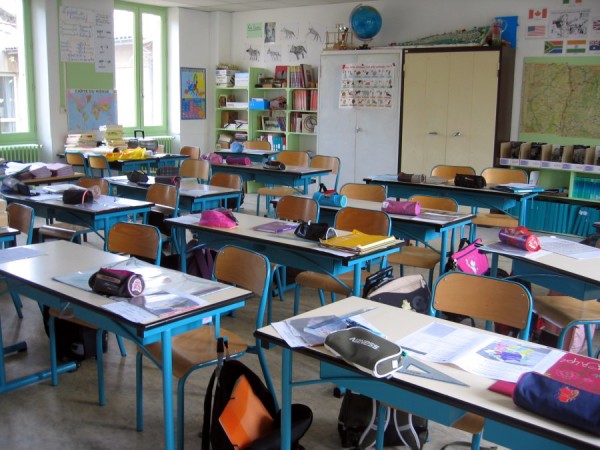If you’ve ever seen an American football game, I’m sure you’ve heard of concussions before. Perhaps you experienced one as a child while playing sports. To clarify, concussion symptoms are not fun, and they include dizziness, difficulty concentrating, blurred vision, and increased sensitivity to light or sound. Mark Swanson, a professor at the UAB School of Optometry, emphasizes that concussions affect a child’s performance not only on the field but also in school.
Most people recover from concussions within two weeks. However, if symptoms persist longer, this can affect children in the classroom. Researchers from UAB and the Children’s of Alabama Concussion Clinic studied children who had suffered from concussions. They found that those with at least 10 days worth of symptoms had vision defects and difficulty learning. According to the Centers for Disease Control, children are the most likely age group to enter the emergency room with a concussion.
Image Source: HENNY RAY ABRAMS
Swanson explains that, oftentimes, physicians skip issues with vision during concussion treatment. Unfortunately, this hindrance to learning in the classroom is compounded by the children’s vision impairments. Most student athletes are evaluated for concussions are tested for balance and other attributes that would contribute to their physical performance. However, physicians should focus also on the student athletes’ vision performance as they go back to their studies.
To adequately return athletes to normal activity, physicians need to accurately diagnose a concussion and all its symptoms. However, after all the exams and treatment, the challenge is determining when an athlete’s brain is fully healed and functional. Currently, researchers at the UAB School of Optometry are tackling this challenge by studying the brain and the relationship among vision, balance, and cognitive function. Only after these advances are made can concussed individuals return to learning and playing.
Feature Image Source: Classroom by Allison Meler










